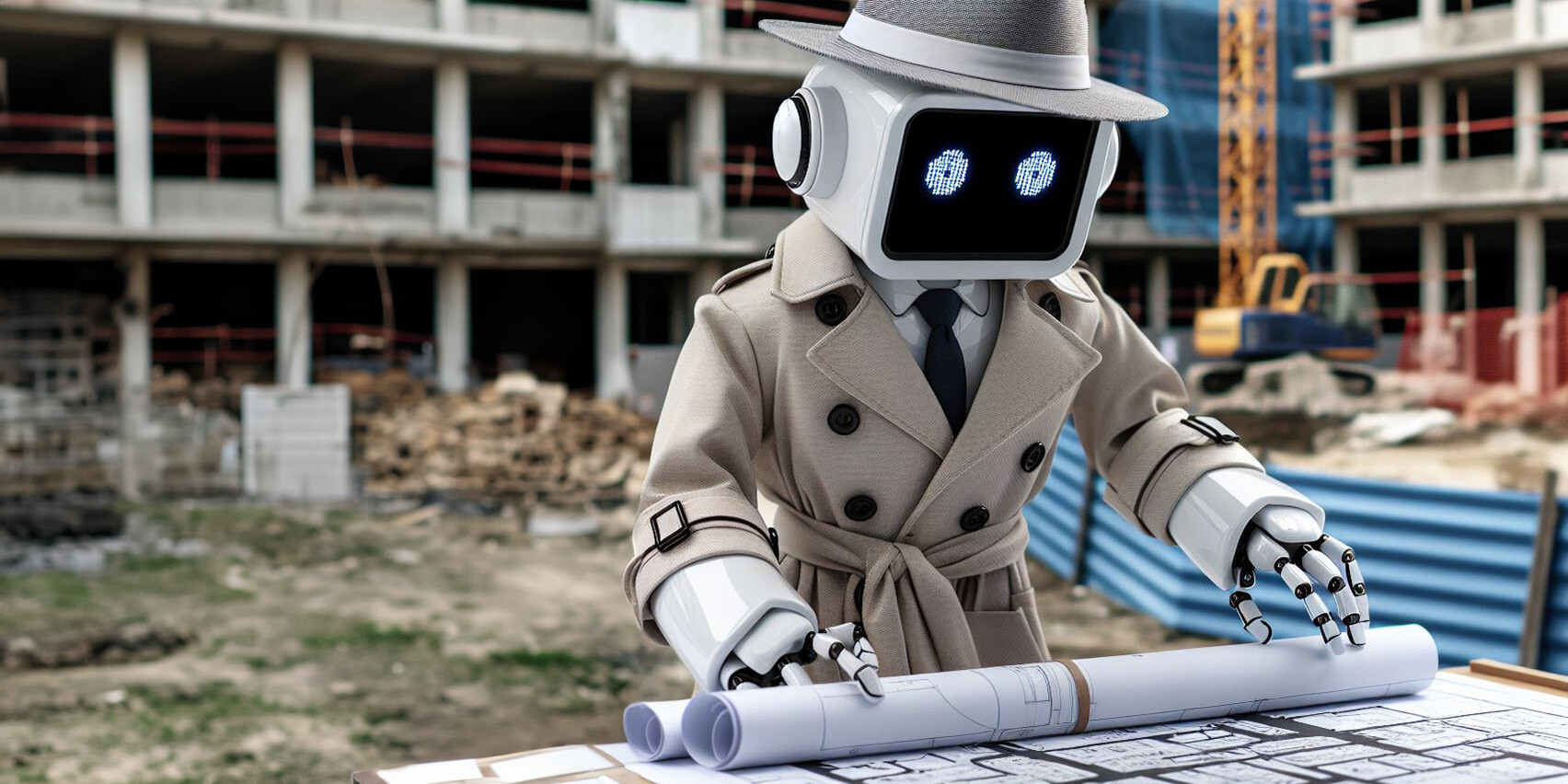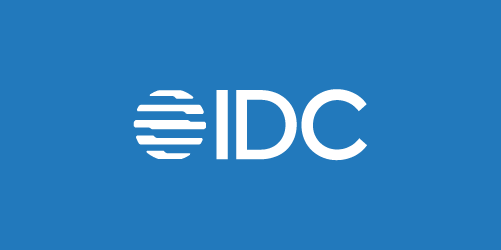RAG architectures powered by LLM agents retrieve relevant data from internal and external sources to generate more accurate and contextual responses.
How do RAG architectures and LLM agents fit?
A RAG (Retrieval-Augmented Generation) architecture is an AI framework that combines the retrieval of relevant internal and external data with generative capabilities to respond more accurately and contextually to user queries.
An LLM (Large Language Model) agent leverages the advanced natural language processing and understanding capabilities of LLMs, like ChatGPT or Gemini, to perform a wide range of tasks.
LLM agents learn, process, and interact via human text to help solve complex problems, respond to queries, and automate workflows.
An enterprise LLM is trained on vast amounts of text data, enabling it to grasp grammar, reasoning, and world knowledge. An LLM agent applies these capabilities to act on instructions, retrieve information, and engage with users, APIs, tools, or other external systems. For instance, an LLM agent could power a RAG chatbot to answer questions, process requests, or manage bookings.
LLM agents are interactive and goal oriented. They can execute more intricate tasks by managing sequences of actions and maintaining context over multiple interactions. They can also adapt to user needs through reinforcement learning or fine-tuning.
RAG architecture components
An enterprise RAG architecture consists of 2 primary components:
1. Retriever
This retriever component of the framework is responsible for fetching relevant information from a large dataset or knowledge base. When a user query is received, the retriever identifies which documents or data are relevant for the response. It employs techniques like semantic search or keyword matching to ensure that the information retrieved is contextually relevant. By narrowing down an answer from a vast array of available data, the retriever enhances the accuracy and relevance of the final output.
2. Generator
After the retrieval step, the generator – usually the LLM itself – processes the retrieved data along with the user’s prompt. It synthesizes this information to generate coherent and contextually appropriate responses. The generator uses the augmented content to enrich its outputs, making them more informative and aligned with the user's needs. The ability to blend real-time data with generative capabilities enables the LLM to produce highly relevant answers tailored to specific queries.
LLM agent components
A RAG architecture LLM agent is comprised of 4 key components, namely:
1. Brain
The brain component processes language by leveraging the LLM’s extensive training data. Users provide prompts to guide the agent's responses, tool usage, and objectives. Customizing the agent with specific personas can improve its performance for particular tasks. For example, a customer support agent persona can be designed to communicate empathetically and provide helpful solutions, while a research assistant persona can adopt a more academic tone and focus on delivering concise, data-driven answers. Aligning the agent's behavior with the context of the interaction significantly enhances the user experience.
2. Memory
The memory component enables the RAG architecture LLM agent to track past interactions and learn from them. It consists of short-term memory, which acts like a notepad for ongoing discussions, and long-term memory, which stores past interactions, helping the agent recognize patterns and user preferences and then provide more personalized responses.
3. Planning
The planning component allows the agent to reason and break down tasks into manageable steps. Planning involves two stages: plan formulation (decomposing tasks into sub-tasks) and plan reflection (assessing the effectiveness of plans and refining strategies based on feedback, using techniques like chain-of-thought prompting).
4. Auxiliary tools
Auxiliary tools are sometimes used to integrate various resources and enables the RAG architecture LLM agent to perform complex tasks by accessing external databases or APIs. For example, an agent could pull data from a weather API to give real-time forecasts while answering related user queries. This capability both enriches the agent's responses and enhances user trust by ensuring the response is highly relevant.
Role of LLM agents in a RAG architecture
LLM agents enhance the capabilities of RAG tools by streamlining both the retrieval and generation processes.
By leveraging up-to-date information, a RAG architecture LLM agent can help prevent AI hallucinations. This capability is especially important in industries where precision is vital, such as healthcare, legal, or financial services. Additionally, a RAG architecture LLM agent can be fine-tuned for specific domains, like customer support, to improve its overall effectiveness in a particular area.
A RAG architecture LLM agent supports complex tasks by maintaining context across interactions and adapting to user needs. Such functionality makes generative AI both more reliable and more efficient, significantly elevating its practical applications.
K2view uses the RAG architecture LLM agent dynamic
K2view GenAI Data Fusion is a RAG architecture that leverages LLM agents to generate more precise, personalized responses. It uses chain-of-thought reasoning to ensure quicker, better outputs.
Aided by LLM agents and functions, GenAI Data Fusion:
-
Accesses customer data in real time, to create more accurate and relevant prompts.
-
Masks PII (Personally Identifiable Information) dynamically.
-
Handles data service access requests and provides insights inflight.
-
Connects to enterprise systems – via API, CDC, messaging, or streaming – to aggregate data from multiple sources.
GenAI Data Fusion uses agents and functions to power your LLM to respond with greater accuracy and relevance than ever before, for every use case.
Discover K2view GenAI Data Fusion, the RAG architecture with LLM agents inside.
















